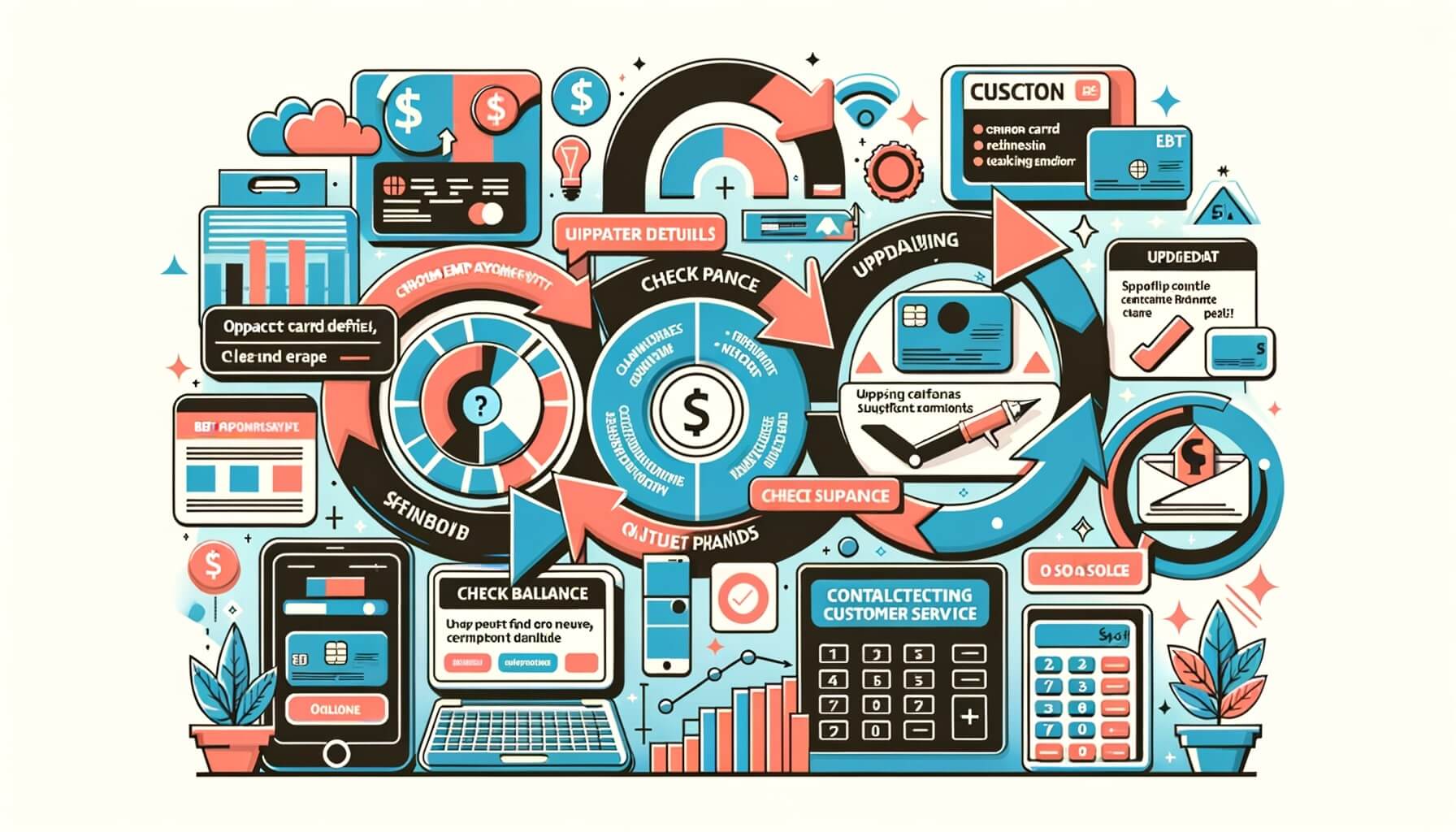
By manoj February 10, 2025
The Electronic Benefit Transfer (EBT) system is a government program that allows eligible individuals and families to receive benefits such as food stamps, cash assistance, and other forms of aid. EBT payments are made through a debit card, which can be used at authorized retailers to purchase eligible items.
While the EBT system is designed to be convenient and efficient, users may encounter various issues that can disrupt their ability to access and use their benefits. In this article, we will explore common EBT payment issues and provide troubleshooting tips to help users overcome these challenges.
Understanding the EBT System and its Common Problems
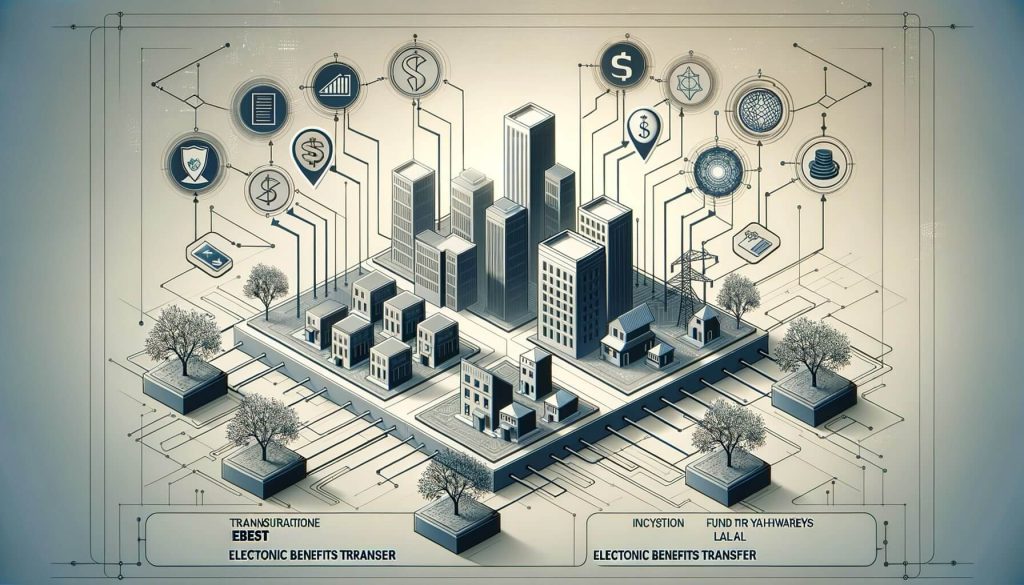
Before delving into specific EBT payment issues, it is important to have a basic understanding of how the EBT system works. EBT cards are issued to eligible individuals and families, and these cards are loaded with benefits on a regular basis. The card functions like a regular debit card, allowing users to make purchases at authorized retailers. However, there are several common problems that users may encounter when using their EBT cards.
One common issue is card activation problems. When users receive a new EBT card, they must activate it before they can start using it. Activation can typically be done by calling a toll-free number or visiting a website provided by the EBT program. However, some users may experience difficulties during the activation process, which can prevent them from accessing their benefits. Let’s explore some troubleshooting tips for resolving EBT card activation issues.
Troubleshooting EBT Card Activation Issues
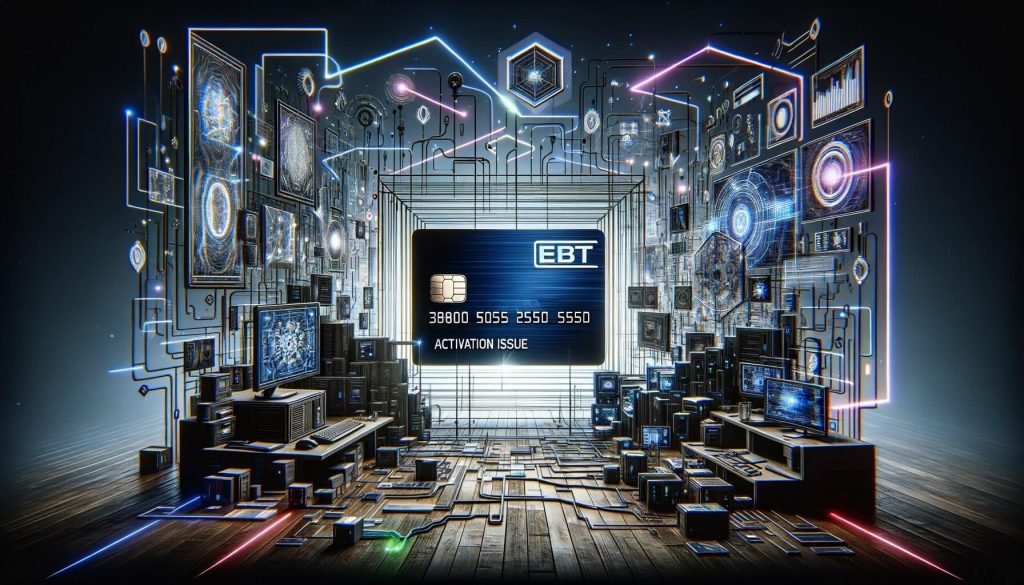
1. Verify the activation process: Before assuming there is an issue with the card, it is important to ensure that the activation process is being followed correctly. Check the instructions provided with the card or contact the EBT program’s customer service for guidance.
2. Check for system outages: Occasionally, the EBT system may experience technical difficulties or undergo maintenance, which can affect the activation process. Check for any announcements or updates from the EBT program to determine if there are any known issues.
3. Contact customer service: If all else fails, contacting the EBT program’s customer service is the best course of action. They can provide guidance, troubleshoot the issue, and potentially activate the card manually if necessary.
Resolving EBT Card Balance Inquiries and Discrepancies
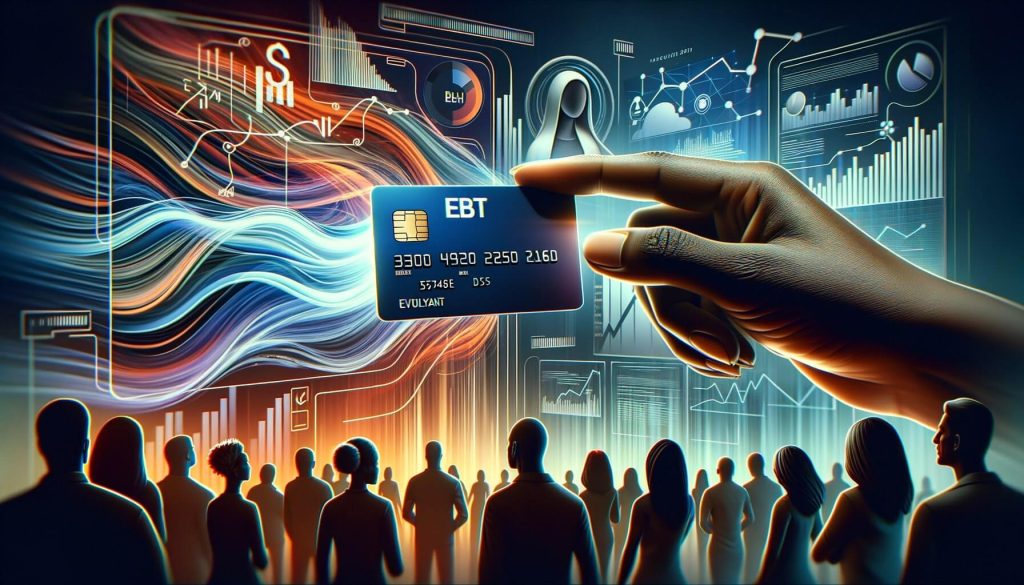
Another common issue that EBT users may encounter is related to balance inquiries and discrepancies. Users rely on accurate and up-to-date information about their benefit balance to plan their purchases and ensure they have enough funds available. However, discrepancies in the balance or errors in the system can cause confusion and frustration.
Here are some troubleshooting tips for resolving EBT card balance inquiries and discrepancies.
1. Keep track of transactions: It is important for EBT users to keep track of their transactions and receipts. This allows them to compare their records with the balance shown on their EBT account. If there are any discrepancies, they can be identified and addressed promptly.
2. Check for system updates: Occasionally, the EBT system may undergo updates or maintenance, which can temporarily affect the accuracy of the balance displayed. Check for any announcements or updates from the EBT program to determine if there are any known issues.
3. Contact customer service: If there are discrepancies or errors in the balance displayed on the EBT account, contacting the EBT program’s customer service is essential. They can investigate the issue, correct any errors, and provide guidance on how to resolve the problem.
Addressing EBT Card Declined Transactions
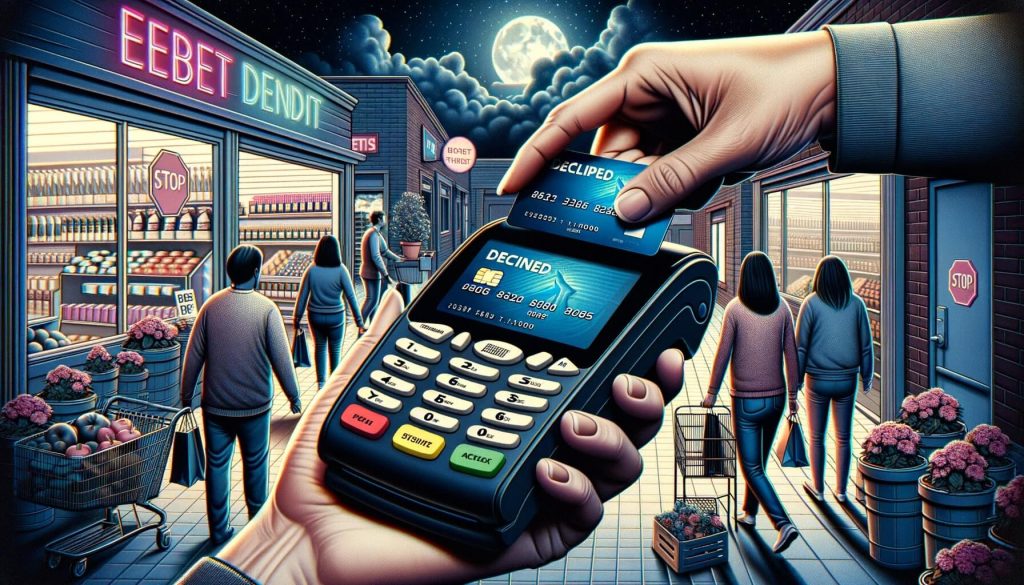
EBT card declined transactions can be frustrating and embarrassing for users, especially when they are relying on their benefits to purchase essential items. There are several reasons why an EBT card transaction may be declined, and troubleshooting these issues can help users overcome this problem. Let’s explore some troubleshooting tips for addressing EBT card declined transactions.
1. Verify available balance: The most common reason for a declined transaction is insufficient funds on the EBT card. Users should check their available balance before making a purchase to ensure they have enough funds to cover the transaction.
2. Check eligible items: EBT cards can only be used to purchase eligible items, such as food items that are approved by the program. If a transaction is declined, it may be because the item being purchased is not eligible. Users should familiarize themselves with the program’s guidelines to avoid purchasing non-eligible items.
3. Verify retailer acceptance: Not all retailers accept EBT payments. Users should ensure that the retailer they are attempting to make a purchase from is authorized to accept EBT payments. This information can usually be found on the EBT program’s website or by contacting customer service.
4. Check for technical issues: Occasionally, technical issues with the EBT system or the retailer’s payment processing system can cause transactions to be declined. If the issue persists, users should contact customer service for assistance.
Fixing EBT Card PIN and Security Concerns
EBT card PIN and security concerns are important to address to protect the user’s benefits and personal information. Users should take steps to ensure the security of their EBT card and PIN to prevent unauthorized access and potential fraud. Here are some troubleshooting tips for fixing EBT card PIN and security concerns.
1. Choose a strong PIN: Users should choose a PIN that is unique and not easily guessable. Avoid using common numbers such as birthdays or sequential numbers. A strong PIN adds an extra layer of security to the EBT card.
2. Keep the PIN confidential: Users should never share their PIN with anyone, including family members or friends. The PIN should be kept confidential to prevent unauthorized access to the EBT card and benefits.
3. Change the PIN regularly: It is recommended to change the PIN regularly to enhance security. Users can typically change their PIN by calling the EBT program’s customer service or visiting their website.
4. Report lost or stolen cards immediately: If an EBT card is lost or stolen, it is crucial to report it to the EBT program’s customer service immediately. This will prevent unauthorized use of the card and allow for a replacement card to be issued.
Solving EBT Card Replacement and Lost/Stolen Card Problems
EBT card replacement and lost/stolen card problems can be a major inconvenience for users, as it can disrupt their access to benefits. However, there are steps that can be taken to resolve these issues and ensure that users can continue to receive their benefits. Let’s explore some troubleshooting tips for solving EBT card replacement and lost/stolen card problems.
1. Report lost or stolen cards immediately: If an EBT card is lost or stolen, it is crucial to report it to the EBT program’s customer service immediately. This will prevent unauthorized use of the card and allow for a replacement card to be issued.
2. Follow the replacement process: Each EBT program may have a specific process for replacing lost or stolen cards. Users should follow the instructions provided by the EBT program to request a replacement card.
3. Verify mailing address: When requesting a replacement card, users should ensure that their mailing address is correct and up to date. This will ensure that the replacement card is sent to the correct location.
4. Activate the replacement card: Once the replacement card is received, it will need to be activated before it can be used. Follow the activation process provided by the EBT program to activate the replacement card.
Overcoming EBT Payment Processing Errors
EBT payment processing errors can occur for various reasons, and they can disrupt the user’s ability to access and use their benefits. These errors can be frustrating, but there are troubleshooting steps that can be taken to overcome them. Let’s explore some troubleshooting tips for overcoming EBT payment processing errors.
1. Check for system outages: Occasionally, the EBT system may experience technical difficulties or undergo maintenance, which can affect payment processing. Check for any announcements or updates from the EBT program to determine if there are any known issues.
2. Verify retailer acceptance: Not all retailers accept EBT payments, and some may have technical issues with their payment processing systems. Users should ensure that the retailer they are attempting to make a purchase from is authorized to accept EBT payments and that their payment processing system is functioning properly.
3. Contact customer service: If the payment processing error persists, contacting the EBT program’s customer service is the best course of action. They can investigate the issue, provide guidance, and potentially resolve the problem.
Dealing with EBT Retailer and Merchant Acceptance Issues
EBT retailer and merchant acceptance issues can be a major hurdle for users, as it limits their options for purchasing eligible items. Not all retailers accept EBT payments, and some may have technical issues with their payment processing systems. Here are some troubleshooting tips for dealing with EBT retailer and merchant acceptance issues.
1. Verify retailer eligibility: Users should ensure that the retailer they are attempting to make a purchase from is authorized to accept EBT payments. This information can usually be found on the EBT program’s website or by contacting customer service.
2. Check for technical issues: Occasionally, technical issues with the EBT system or the retailer’s payment processing system can affect acceptance of EBT payments. If the issue persists, users should contact customer service for assistance.
3. Explore alternative retailers: If a preferred retailer does not accept EBT payments, users should explore alternative retailers in their area that do accept EBT payments. This can expand their options for purchasing eligible items.
FAQs
Q1. Can I use my EBT card to withdraw cash from an ATM?
A1. Yes, EBT cards can be used to withdraw cash from ATMs. However, it is essential to check for any associated fees or restrictions imposed by your state agency or the ATM operator.
Q2. Can I use my EBT card to purchase non-food items?
A2. No, EBT cards can only be used to purchase eligible food items as specified by the Supplemental Nutrition Assistance Program (SNAP) guidelines. Non-food items such as alcohol, tobacco, and pet food are generally not eligible for purchase with EBT benefits.
Q3. What should I do if my EBT card is damaged or not working?
A3. If your EBT card is damaged or not working, contact your state agency’s customer service helpline to request a replacement card. They will guide you through the process and provide any necessary instructions.
Q4. Can I transfer my EBT benefits to another person?
A4. No, EBT benefits are non-transferable and can only be used by the eligible recipient. Attempting to transfer benefits to another person is considered fraud and can result in penalties and disqualification from the program.
Q5. How can I check my EBT card balance?
A5. You can check your EBT card balance by calling the toll-free number provided by your state agency or by visiting their website and logging into your account. Some states also offer mobile applications that allow you to check your balance on your smartphone.
Conclusion
In conclusion, the EBT system is designed to provide convenient access to benefits for eligible individuals and families. However, users may encounter various issues that can disrupt their ability to access and use their benefits.
By understanding the common problems and following the troubleshooting tips provided in this article, users can overcome these challenges and ensure a smooth experience with the EBT system.
Remember to keep track of transactions, verify balances, and contact customer service for assistance when needed. With proper troubleshooting and proactive measures, users can navigate the EBT system with ease and make the most of their benefits.